What If You Could Harvest Rainwater and Teach Kids to Love the Environment — All in One Afternoon?
Have you ever stood at the window on a rainy day and watched the raindrops race down the roof, wondering where all that water ends up? Most of it normally disappears down the drains, but what if you could catch it and put it to good use in your garden instead?
Rainwater harvesting is an easy and brilliant way to do just that. It saves water while giving children a practical lesson in nature, responsibility, and sustainability, turning a rainy day into a fun and meaningful family activity.
Let me take you on a journey to discover how you can start harvesting rainwater at home and how children can get involved in every step, making it both fun and educational.
What is rainwater harvesting?
Rainwater harvesting means collecting rain that falls on your roof and storing it for later use. Rather than letting this clean water runoff into drains or soak uselessly into concrete, you save it, typically in a container called a water butt.
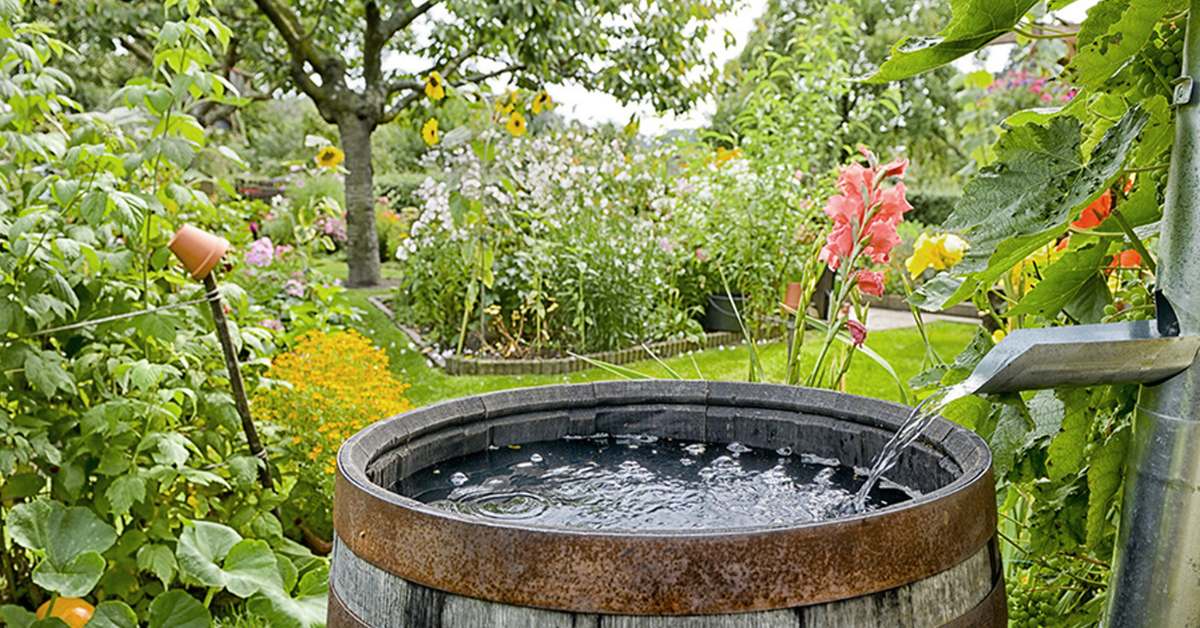 Rainwater harvesting means collecting rain that falls on your roof and storing it for later use; Picture source: B2B Purchase
Rainwater harvesting means collecting rain that falls on your roof and storing it for later use; Picture source: B2B Purchase
This is an eco-friendly practice, reduces your reliance on tap water, which can save money and ease pressure on water supplies, especially during dry spells. Plus, rainwater is free from many chemicals found in other water sources, making it better for plants and gardens.
Why get kids involved?
Children are naturally curious about the world, and rainwater harvesting turns something as ordinary as rain into a fascinating science and nature lesson. Kids can learn how water cycles through the environment, why it is important to save water, and how their actions can help protect the planet.
Better yet, it is hands-on. Kids love projects where they can get stuck, and by helping to set up and use a rainwater system, they gain a sense of responsibility and pride. Plus, it gets them outside and active, a win all around.
How to start your rainwater harvesting project
Step 1: Choose where to collect the rain
The best place to start is your roof. When it rains, water naturally flows down the sloping roof, into gutters, and through downpipes to the ground. By placing a water butt under a downpipe, you can collect a large portion of this water very easily.
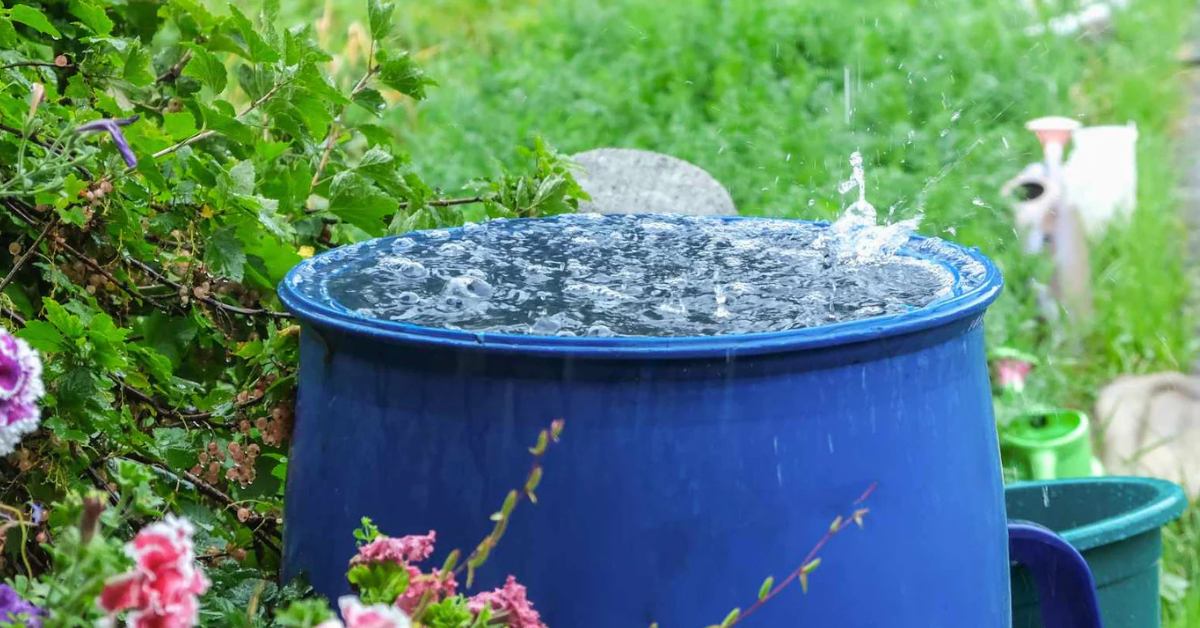 Let your children help you set up the rainwater harvesting system so they can be a part of the process; Picture source: Bootstrap Farmer
Let your children help you set up the rainwater harvesting system so they can be a part of the process; Picture source: Bootstrap Farmer
It is important to pick a sturdy and level spot for the water butt, a place close to the downpipe to avoid water splashing everywhere and to make sure the setup is safe and stable.
Step 2: Setting up the water butt
Water butts are large containers designed specifically to hold rainwater. They can be made of metal or wood and come in various sizes, from small barrels to large tanks.
Attach the water butt to the downpipe. If you can, use a diverter kit, this redirects water from the downpipe into the butt, but also lets overflow continue down the drain once the butt is full. This keeps everything neat and avoids flooding.
Safety is key so make sure the water butt has a secure lid or cover to prevent accidents and stop debris, bugs, and mosquitoes from getting inside.
Step 3: Get creative: Fun ways for kids to join in
Here is where the project becomes fun and comes alive for children:
- Decorate the water butt: Let kids paint their water butt with bright colours, flowers, insects, or their favourite garden animals. It becomes something they love to see and care for.
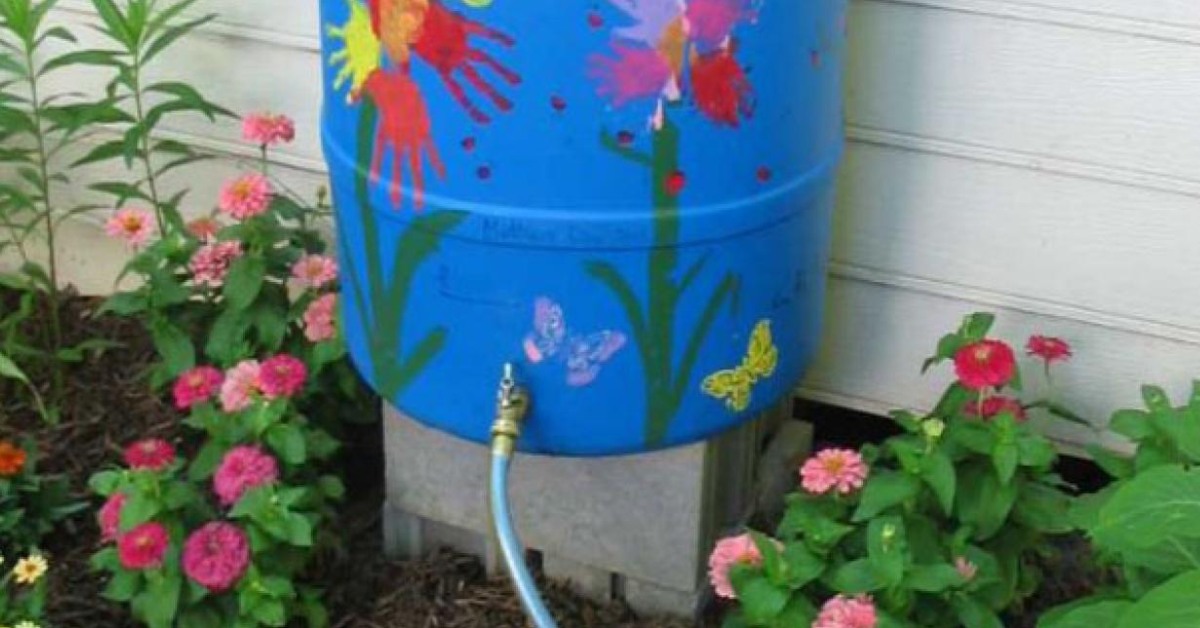 Let kids paint their water butt with bright colours, flowers, insects, or their favourite garden animals; Picture source: Princeton Hydro
Let kids paint their water butt with bright colours, flowers, insects, or their favourite garden animals; Picture source: Princeton Hydro
- Clear the gutters: With supervision, children can help clear leaves and twigs from gutters to make sure rainwater flows freely. It is a practical task that helps them understand how rainwater travels.
- Make a rain gauge: Use a bottle marked with measurements. After each rain shower, kids can check how much rain falls. It is a simple and fun way to learn about the weather.
- Build a rain funnel collector: Attach a funnel to a jar or bottle to catch rain directly. Children can watch the water level rise after every shower, making the invisible rain cycle visible.
- Create a mini rain garden: Set aside a small area in the garden where collected rainwater is directed. Kids can plant flowers or herbs that love water, seeing the direct benefits of their efforts.
Using your collected rainwater
Rainwater is best for watering plants, especially since it is clean and does not contain the chemicals often found in tap water. Children can help fill watering cans from the water butt’s tap and carry them around the garden, giving their plants a good drink.
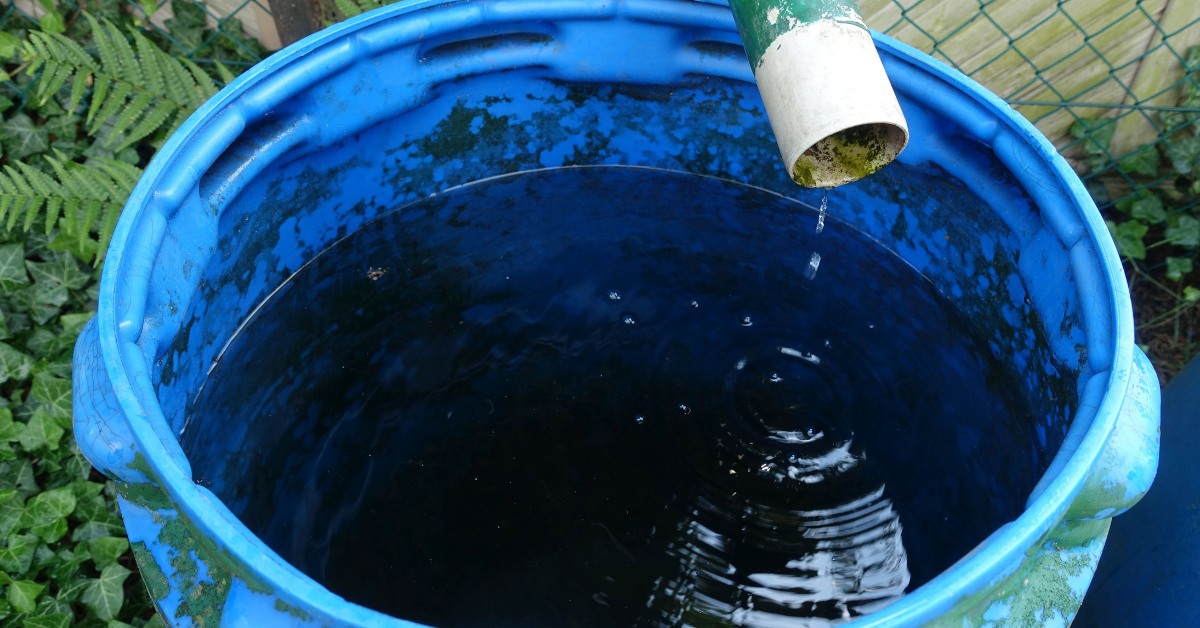 Rainwater is best for watering plants, especially since it is clean and does not contain chemicals; Picture source: GD Water Consult
Rainwater is best for watering plants, especially since it is clean and does not contain chemicals; Picture source: GD Water Consult
For ease, you can attach a hose or watering wand to the water butt, making it easier to reach further plants. Plus, the water is handy for rinsing muddy garden tools, washing outdoor toys, and turning chores into playtime.
Keeping everything safe and tidy
To keep your rainwater harvesting system safe and working well:
- Always keep lids on water butts to avoid accidents and stop mosquitoes breeding.
- Clean gutters regularly to prevent blockages and dirty water.
- Place water butts on flat and sturdy bases to prevent tipping.
- Supervise children during setup and when handling water.
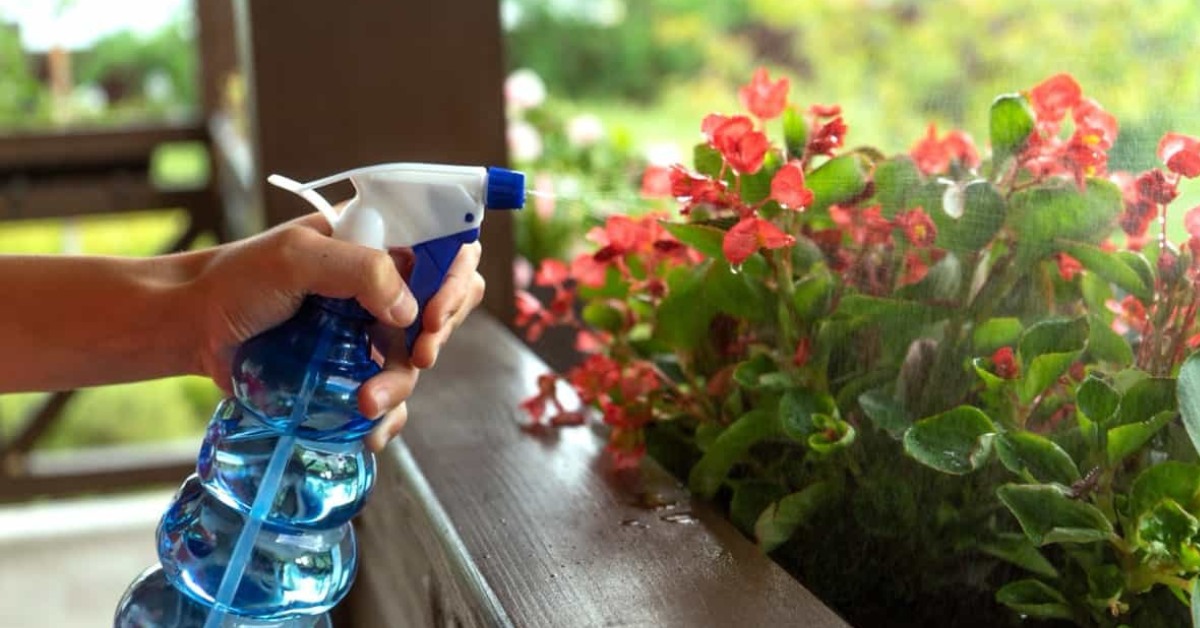 Use the collected rainwater in the best way possible and let your kids enjoy the process; Picture source: Agri Farming
Use the collected rainwater in the best way possible and let your kids enjoy the process; Picture source: Agri Farming
The next time it rains, imagine turning every drop into something useful, a drink for your plants, a bath for birds, or a way to wash the garden toys. With a little bit of effort, a water butt, and your children’s enthusiasm, you can start your very own rainwater harvesting adventure. It is a wonderful way to connect with nature, save water, and create memories together.
News